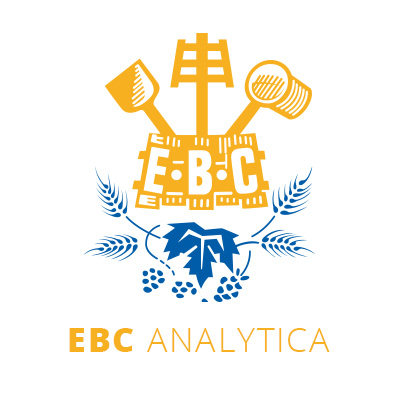- 24/10/2018
- 2773
- |
- Packaging and Packaging Materials
- |
- 2010
11.31 - Plastic Tubing: Full Method (Taint Testing)
This test is a screening procedure to investigate the effect of plastic tubing upon aroma and taste of beer and for use within problem solvent related to off-flavour and taints. Descriptors: Length of tubing samples, plastic fittings, sample tabs, dispence line adapter.
It is necessary to use EBC Method 13.3, 13.4, 13.7 and 13.8












